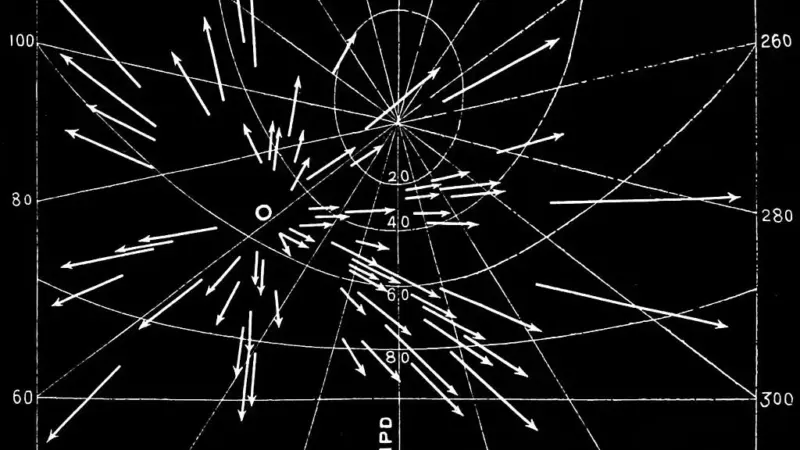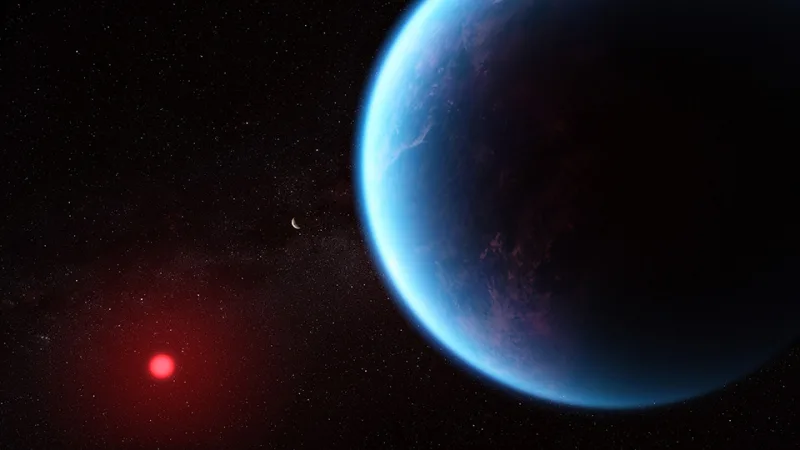First-Ever Spotting of Neutrinos at CERN’s Large Hadron Collider

CERN’s Large Hadron Collider (LHC) has recently achieved a groundbreaking milestone by detecting neutrinos, tiny and neutrally charged particles that are a fundamental part of the Standard Model of particle physics. While neutrinos are believed to be abundant in the universe, they are extremely challenging to observe due to their weak interaction with other matter.
Neutrino Detection Challenges & Success
Scientists have previously detected neutrinos from sources such as the sun, cosmic rays, supernovae, particle accelerators, and nuclear reactors. However, the observation of neutrinos inside colliders, where particle beams collide, has been a long-standing goal.
Two major research collaborations at the LHC, FASER (Forward Search Experiment) and SND (Scattering and Neutrino Detector)@LHC, have successfully observed collider neutrinos for the first time. The detectors used by these collaborations are located at CERN’s LHC in Switzerland. The results of their studies have recently been published in the Physical Review Letters.
Neutrinos produced in proton colliders like the LHC have never been directly observed due to their weak interaction. These elusive particles are the least studied in the Standard Model.
The FASER collaboration aims to observe light and weakly interacting particles and was the first to detect neutrinos at the LHC. Their detector is positioned over 400m away from the ATLAS experiment in a separate tunnel.
SND@LHC also observed collider neutrinos using a two-meter-long detector strategically placed at a site with a high neutrino flux, shielded from proton collision debris by concrete and rock. Overcoming the background noise posed a significant challenge in the analysis.
High-Energy Neutrinos
The neutrinos detected by FASER have the highest energy ever recorded in a laboratory environment, offering new opportunities for studying neutrino properties and searching for other elusive particles.
Shortly after FASER’s discovery, SND@LHC finalized its analysis and reported eight additional events involving neutrinos. Their experiment successfully collected 95% of the collision data delivered to them during their first operation cycle from July to November 2022.
Standard Model Implications, FASER, SND@LHC, and Beyond
The observation of collider neutrinos opens doors to new measurements that can help unravel fundamental mysteries in the Standard Model. It may provide insights into why there are three generations of matter particles, among other things.
The FASER and SND@LHC collaborations contribute significantly to experimental particle physics research and will continue to collect data to further expand our understanding of neutrinos and the structure of colliding protons. The FASER detector will be used for many more years, and additional plans, like the proposed Forward Physics Facility at the LHC, are underway to delve deeper into high-energy neutrino interactions and explore phenomena associated with dark matter.






